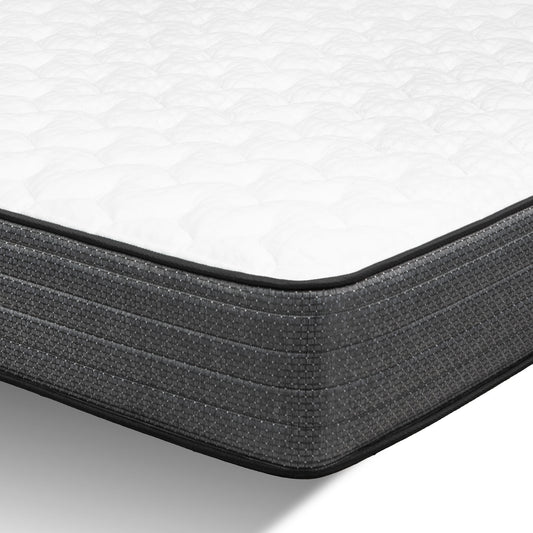
Owning an RV opens the door to freedom, travel, and adventure—but it also comes with ongoing maintenance and ownership costs that every RV owner should understand. Whether you're new to RV life or a seasoned traveler, knowing what to expect in terms of RV maintenance, repair costs, and general upkeep can help you plan smarter and avoid surprises.
In this guide, we’ll break down the true cost of RV ownership, common maintenance tasks, and tips for keeping your rig road-ready without breaking the bank.
What Are the Annual Costs of RV Ownership?
The cost of owning an RV goes beyond the initial purchase. On average, RV owners can expect to spend between $1,000 and $2,000 annually on routine maintenance. Larger motorhomes or older RVs may incur higher costs due to more complex systems and wear-and-tear issues.
Here are the key expense categories:
-
RV Maintenance & Repairs: Oil changes, roof resealing, brakes, tires, batteries, and HVAC service
-
Operational Costs: Fuel, propane, insurance, registration, and storage
-
Upgrades & Replacements: Mattresses, appliances, water heaters, and furnishings
-
Seasonal Needs: Winterization, de-winterizing, and summer prep
Essential RV Maintenance Tasks (and How Often to Do Them)
Routine maintenance keeps your RV running smoothly and prevents costly breakdowns. Here's a checklist of regular tasks:
1. Roof Inspection & Resealing
-
How Often: Every 3–6 months
-
Why It Matters: Prevents leaks, water damage, and mold growth
-
Tip: Use a high-quality RV roof sealant to extend life
2. Tire Pressure & Condition Checks
-
How Often: Before every trip
-
Why It Matters: Ensures safety, fuel efficiency, and prevents blowouts
3. Brake & Bearing Service
-
How Often: Every 10,000–12,000 miles or annually
-
Estimated Cost: $300–$800
4. Water System Sanitation
-
How Often: At least twice a year
-
Includes: Draining, flushing, and sanitizing fresh and gray water tanks
5. Winterization
-
When: Late fall (or before freezing temps)
-
Estimated Cost: $100–$300 (DIY or professional)
-
Includes: Draining tanks, blowing out lines, adding antifreeze
🧊 Learn more: How to Winterize Your RV Step-by-Step
Understanding Your RV Tank Systems
Many RV owners are overwhelmed by RV plumbing systems. Here’s a quick breakdown:
-
Fresh Water Tank: For drinking, cooking, and showering
-
Gray Water Tank: For sink and shower wastewater
-
Black Water Tank: For toilet waste
Maintaining these systems is essential for hygiene and function. Use proper chemicals, empty tanks regularly, and clean valves to prevent clogs or odors.
How Much Do RV Repairs Really Cost?
Some RV components last years, but when they fail, repairs can get expensive:
| Component | Average Repair Cost |
|---|---|
| AC Unit | $600–$1,500 |
| Water Heater | $350–$1,000 |
| Slide-Out Mechanism | $500–$2,000 |
| Roof Reseal | $800–$1,200 |
| Generator Repair | $300–$900 |
💡 Pro Tip: Invest in an extended RV warranty or roadside assistance plan to offset major expenses.
How to Save Money on RV Maintenance
RV upkeep doesn’t have to empty your wallet. Here are smart ways to cut costs:
-
✅ DIY When Possible: Simple tasks like winterizing, sanitizing tanks, and replacing filters can be done at home
-
✅ Stick to a Maintenance Schedule: Preventative care reduces the chance of major failures
-
✅ Buy Quality RV Parts & Accessories: Cheap replacements often lead to higher long-term costs
-
✅ Use RV-Specific Products: For example, choose a mattress made for RVs for proper fit and comfort
Final Thoughts: Plan Ahead for a Stress-Free RV Experience
While RV maintenance and ownership costs are a reality, they’re manageable with smart planning. By budgeting for regular upkeep, learning basic DIY repairs, and choosing quality gear, you can enjoy your time on the road with fewer headaches—and more memories.
Looking for ways to upgrade your RV comfort?
👉 Explore RV Mattresses from Off-Road Bedding




